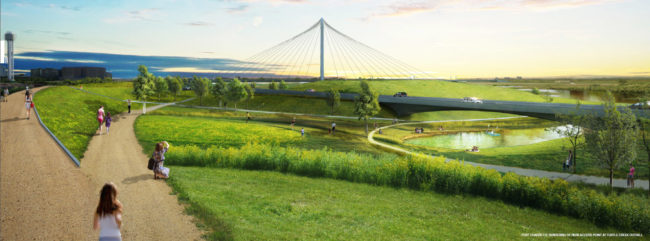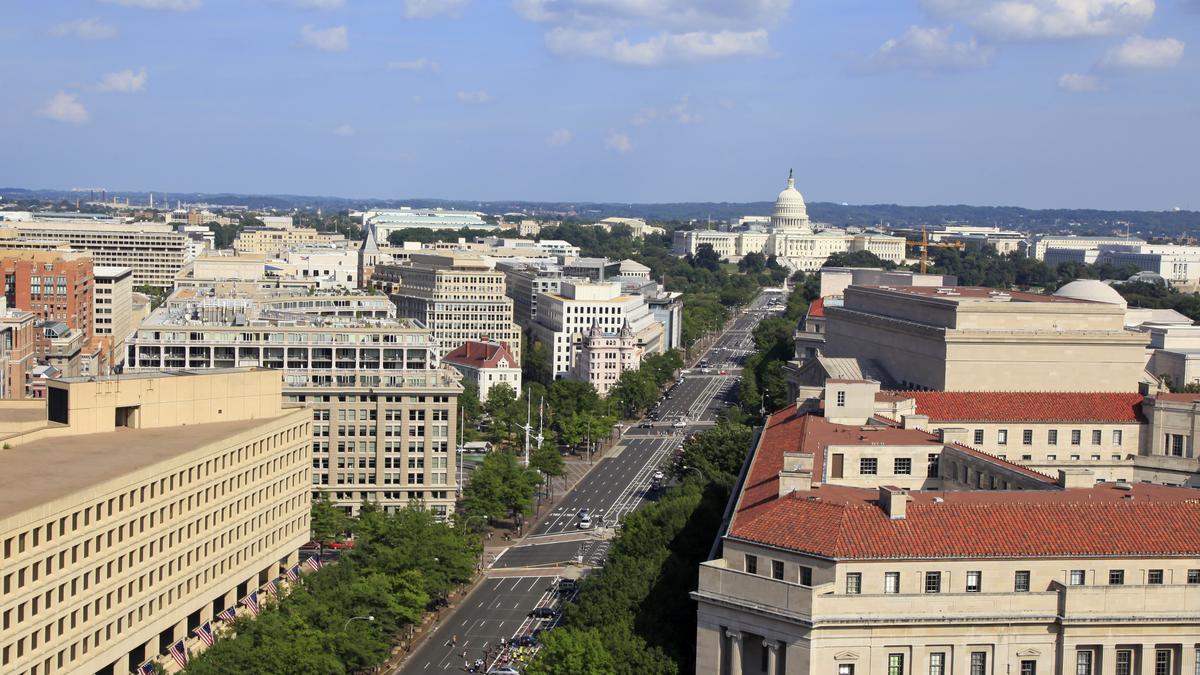BigApps is an annual civic technology competition sponsored by the New York City Economic Development Corporation (NYCEDC) that invites teams to create apps, websites, and connected devices that help address the City’s biggest challenges. BigApps 2015 – produced by HR&A on behalf of NYCEDC – asked contestants to address four issues identified in Mayor de Blasio’s OneNYC long-term plan – Affordable Housing, Zero Waste, Connected Cities and Civic Engagement. The competition connected teams with City agencies and other civic and tech partners to help produce cutting-edge, implementation-ready products.
Over a five-month competition period, more than 100 teams submitted products and competed for $125,000 in cash prizes. On Wednesday, December 2, BigApps announced six winning teams. Winners were evaluated by an esteemed Selection Committee composed of leaders from the tech and civic sectors, including representatives from BigApps banner sponsors Microsoft and AOL. In addition to cash prizes, winners will receive at least two months of post-competition support from BigApps partner Civic Hall as well as continued product development support from City and civic partners.
The BigApps 2015 winners are:
Affordable Housing | JustFix.nyc
To help tenants improve building conditions, Dan Kass and George Clement created JustFix.nyc, a mobile app that guides tenants through a personalized process to contact landlords and property managers about a problem, collect evidence of housing violations, and builds a case that could eventually help tenants get resolution against unresponsive management.
Zero Waste | Treasures
Alex Bodman, Sam Keene, and Martin Breggren asked each other, “Why throw something away if you can give it away?” The trio created an app allowing users to post items available for free pickup, rather than banish unwanted items to the curb.
Civic Engagement | Benefit Kitchen
Melanie Lovelle and Dan Beeby created Benefit Kitchen as a benefit screening app that easily helps families figure out what city, state, and federal benefits they’re eligible for through a 10-minute survey. The app also includes a budgeting guide and information on how and where to apply for specific programs.
Connected Cities | City Charge
Tommy Mitchell developed a solar-powered charging station, CityCharge, that allows users to charge their mobile devices in public spaces. The station also collects data on air quality, noise levels, and pedestrian traffic to provide data and content, as well as hyper-local ads.
Judge’s Choice | Addicaid
Sam Frons created the mobile-native addiction recovery app Addicaid to cater to the needs of individuals struggling with substance abuse. The app integrates a support network of friends, recovery centers, and a daily log to track feelings and actions related to addiction.
Judge’s Choice | IssueVoter
Issue Voter is a non-partisan constituent engagement tool created by Maria Yuan that enables users to identify and weigh in on issues they care about, and follow them through the political process with bill summaries, voting alerts, and recent news.
As BigApps administrator since 2014, HR&A designed the competition’s structure and led implementation for two consecutive rounds. Our team has helped raise nearly $400,000 in cash sponsorships and an equal amount of in-kind contribution; manage relationships with over 200 sponsors, civic partners, mentors, and judges; manage the web-platform design; market the competition to entrants and the public; manage the submission and judging processes; and produce 25 high-impact events. We’d like to extend our sincerest thanks to our team members SuperCharger, Supervision, Savvy Strategy, Civic Hall, and Urban Solutions.
HR&A congratulates the winners of BigApps 2015 for their creative contributions to civic tech and their future impact on the lives of all New Yorkers. Learn more about the competition and the winning teams here.


